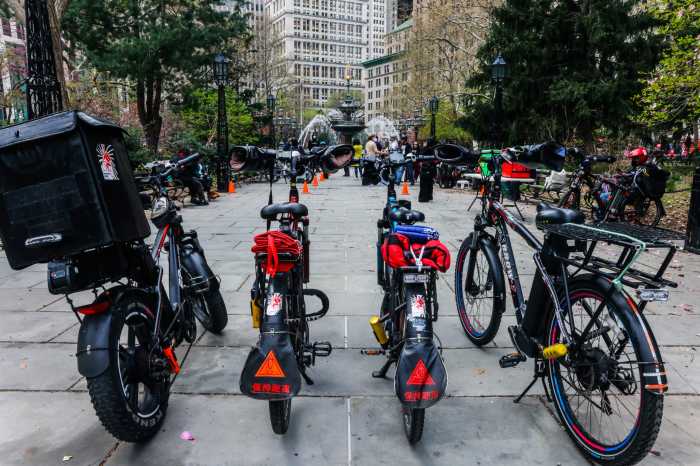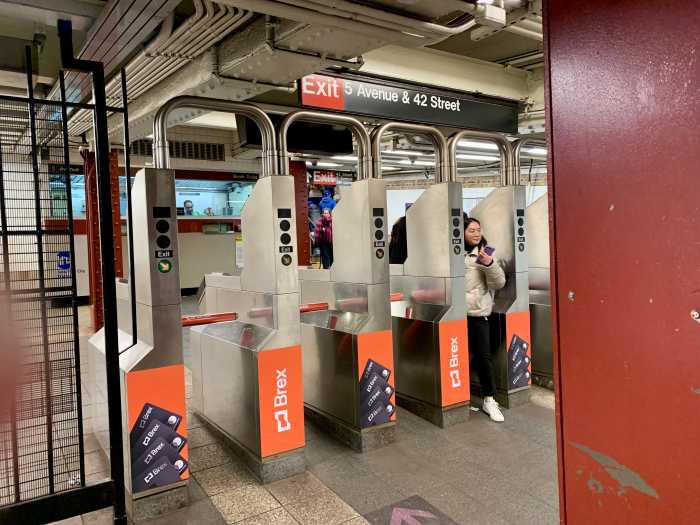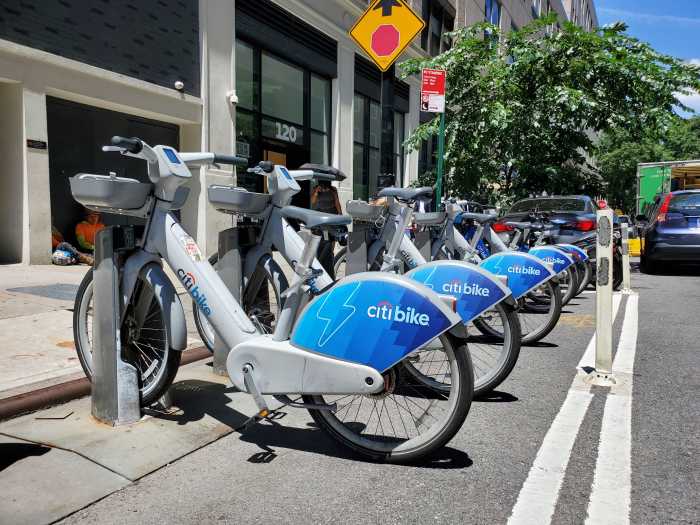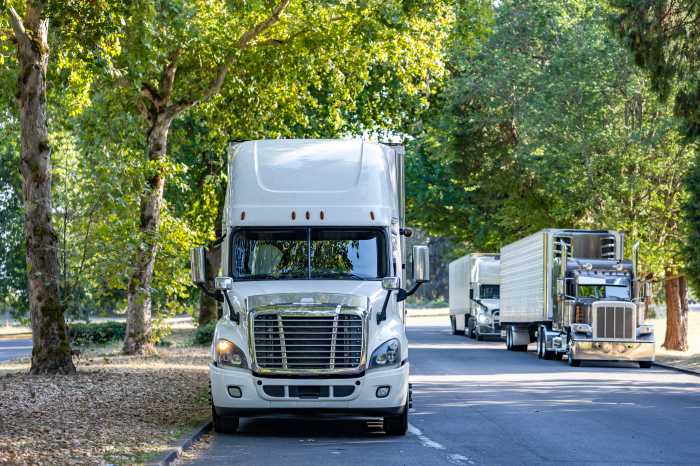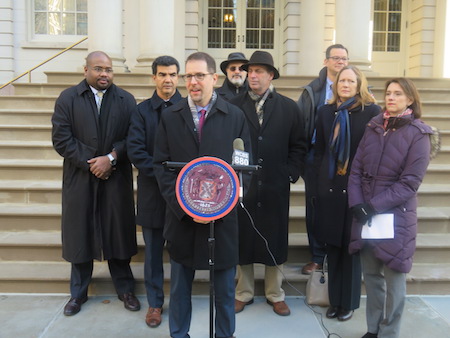
BY JACKSON CHEN | City Councilmembers Mark Levine and Ydanis Rodriguez are staying vigilant in their demand for West Side ferry service with another public call on January 6, despite the city’s conclusion that the idea is not economically feasible.
Continuing their push for what they cast as transportation equality for all Manhattanites, the councilmembers are asking for inclusion of a West Side route into the Citywide Ferry plans announced by Mayor Bill de Blasio in his State of the City Address last February.
The city’s Economic Development Corporation currently plans five new ferry routes over the next several years. Service to Manhattan from the Rockaways, South Brooklyn, and Astoria is set to begin by 2017, and service from Soundview in the Bronx, East 90th Street, and East 62nd Street to Lower Manhattan as well as a Lower East Side route from East 34th Street to Downtown are due to be completed by 2018.
The missing link for Levine and Rodriguez is a route that serves their constituents in Council Districts 7 and 10, helping to relieve subway overcrowding as well as promote economic activity around landings in Inwood and West Harlem.
“The West Side subway lines, especially the 1 line, are getting more crowded with each passing year,” said Levine. “It’s important that residents have an alternative for moving north-south.”
According to EDC spokesperson Anthony Hogrebe, the agency is open to suggestions for more ferry routes, but they must prove competitive with the existing public transportation options and maintain a strong ridership.
“Our analysis indicates a north-south Hudson route would have a hard time attracting commuters away from existing and more accessible subway service and could face real logistical and financial challenges,” Hogrebe said.
For ferry advocates like Roland Lewis, president and CEO of the Waterfront Alliance, there’s a market for ferry service on the West Side driven by recent real estate development and limited transit options. Allowing Upper West Side routes would entail much lower costs than increasing subway service along that corridor, according to Lewis.
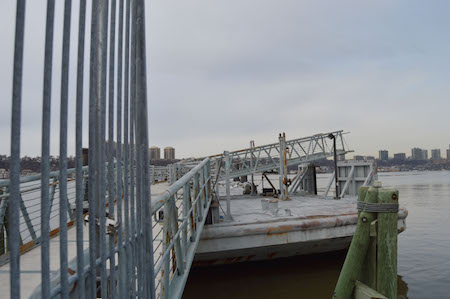
Challenging the city’s claim that Hudson north-south service is not economically viable, Levine said he felt the EDC was underestimating the potential demand. In his district, the councilmember said, the 17-acre expansion of Columbia University and the recent economic revitalization of Hudson Yards would add thousands of people to the Upper West Side and Midtown. The West Harlem Pier at West 125th Street, he said, could not only provide north-south service but is also just a five-minute trip from an existing pier across the river in Edgewater, New Jersey.
Infrastructure already in place on the West Side, Levine asserted, would support ferry service. His district, which runs from 96th Street north to 165th Street, includes the West Harlem Pier, which, he said, would be better utilized if ferry service were added. Further south, the West 39th Street Pier, which currently serves a ferry from New Jersey to Midtown, could also provide a stop on the north-south route.
Rodriguez’s district, comprised of Washington Heights, Inwood, and Marble Hill, includes the Dyckman Street Boat Marina. The councilmember has his eyes set on its short fishing pier as another stop, which could serve residents of Inwood, Washington Heights, and Marble Hill.
The EDC points to studies it conducted in 2013 that indicated that the five routes currently planned offer the most economically viable options for the city.
Levine and Rodriguez also face skepticism from one of the city’s leading public transit advocates — Gene Russianoff of the Straphangers Campaign, who said proponents face a large burden in proving that a Hudson River north-south route would be a success.
“A train moves thousands of people at very reasonable costs; a ferry is the opposite,” he said. “It’s just more costly to move a small number of people being carried.”
However, Russianoff acknowledged that expanded ferry service is a very tempting option for the city. Being surrounded by water during a commute has an appeal he said he well understands.



